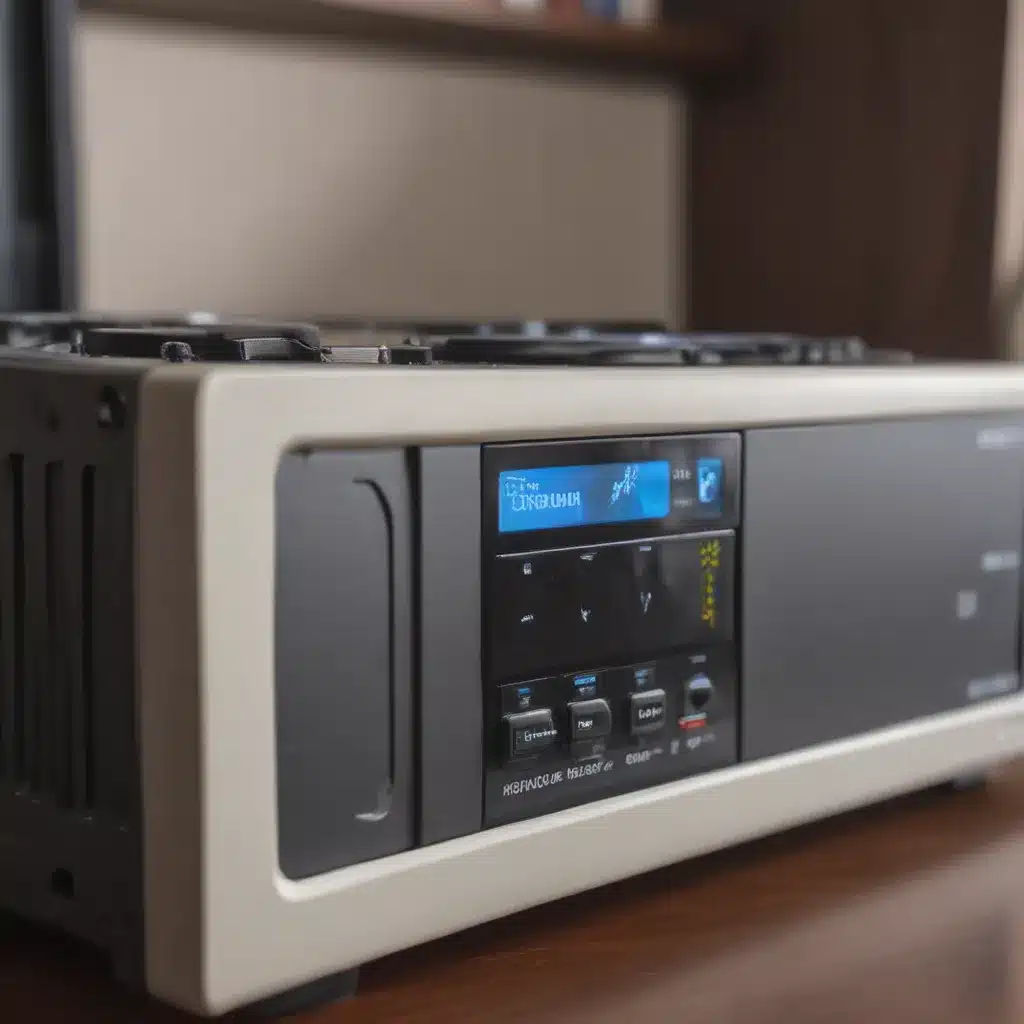The Terror of the Dying Drive
As a photographer, I’ve been through my fair share of hard drive failures. The panic, the frustration, the dread of losing years of irreplaceable memories – it’s a nightmare no one should have to endure. But year after year, drive after drive, I kept making the same mistakes, putting my data at risk. That is, until I finally got my backup strategy dialed in.
You see, I used to think a RAID array would protect me. “Redundancy is key!” I’d tell myself, setting up complicated hardware RAID configurations. But as I learned the hard way, [1] RAID is not a backup, it’s a single point of failure waiting to happen. All it takes is one corrupted file or one failed controller, and your entire data set goes down in flames.
The Backup Basics
After too many close calls, I finally got serious about my backup plan. It’s a multi-pronged approach, but it’s simple enough that even the most technophobic among us can implement it. The core components are:
-
Time Machine Backup: I use Apple’s built-in Time Machine software to create a complete, versioned backup of my main work drive. It runs automatically in the background, so I never have to think about it.
-
Offsite Archival: Every year, I export my Lightroom catalogs and raw image files to a pair of external hard drives. One stays at my desk, the other goes into a safe deposit box. This protects me from on-site disasters like fire or theft.
-
Cloud Sync: For my most critical and time-sensitive files, I use a cloud storage service like Dropbox or Google Drive to keep things synced and accessible from anywhere.
The beauty of this setup is its simplicity. No complex RAID configurations, no juggling multiple backup drives. Just set it and forget it. Of course, the devil is in the details, so let’s dive a little deeper.
Time Machine: Your Digital Time Traveler
If you’re a Mac user, Time Machine is quite possibly the easiest backup solution on the planet. [2] It runs in the background, continuously updating a full, bootable backup of your system. And if disaster strikes, you can restore your entire computer or pull individual files from any point in time.
The key is choosing the right external drive. I recommend at least 2TB of storage – more if you have a lot of high-res photos and videos. And make sure to get a drive with a fast connection like Thunderbolt or USB 3.0 for speedy backups.
One important note: Time Machine is designed to work with a single backup drive. [3] Trying to use a RAID array or multiple disks can actually cause issues. Stick to a single, dedicated Time Machine volume and you’ll be golden.
Offsite Archival: Hedging Your Bets
Even the best onsite backup can’t protect you from catastrophic events like fire, flood, or theft. That’s where offsite archival comes in. By keeping a copy of your most important data in a secure, remote location, you ensure that a single disaster won’t wipe out everything.
For me, that means exporting my Lightroom catalogs and raw photo files to a pair of external hard drives. One stays at my desk, the other lives in a safe deposit box. Every year, I swap them out, making sure I always have a recent backup squirreled away.
The beauty of this approach is its simplicity. [4] No complicated cloud services or convoluted backup routines. Just plug in the drive, let it copy, and you’re done. And if the unthinkable happens, you know your precious memories are safe and sound.
Cloud Sync: The Icing on the Backup Cake
While offsite archival protects you from physical disasters, it doesn’t do much for the digital kind – you know, the ones where a virus or ransomware encrypts all your files. That’s where cloud sync comes in handy.
Services like Dropbox, Google Drive, and OneDrive provide an additional layer of protection by keeping your most critical files synchronized across multiple locations. [5] So even if your local drive fails or gets infected, you can still access your data from anywhere with an internet connection.
The key is to be selective about what you sync. I only use cloud storage for my most time-sensitive and irreplaceable files – things like contract documents, client deliverables, and my latest Lightroom edits. The bulk of my photo archive lives on those offline external drives.
Putting It All Together
So there you have it – my foolproof, three-part backup strategy. Time Machine for seamless, versioned backups, offsite archival for disaster protection, and cloud sync for digital resilience. It’s a system that’s served me well for years, saving my bacon more times than I can count.
Sure, it might seem like a lot of work upfront. But trust me, the peace of mind is worth it. [6] The day your hard drive croaks, or your laptop gets stolen, or that nasty ransomware hits – that’s when you’ll be grateful you took the time to get your backup act together.
And the best part? It’s all easily replicable. Whether you’re a Mac user or a PC die-hard, a photo nut or a spreadsheet jockey, this backup trifecta will keep your data safe and sound. So what are you waiting for? Get out there and start protecting your digital life!
[1] https://www.petemarovichimages.com/never-use-a-raid-as-your-backup-system/
[2] https://www.consumerreports.org/electronics-computers/computer-backup-systems/buying-guide/
[3] https://www.reddit.com/r/synology/comments/14y2ngj/since_nas_is_not_a_backup_what_do_you_use_for/
[4] https://www.ftc.gov/business-guidance/resources/protecting-personal-information-guide-business
[5] https://www.wired.com/story/best-portable-external-storage-drives/
[6] https://www.backblaze.com/blog/nas-101-a-buyers-guide-to-the-features-and-capacity-you-need/













